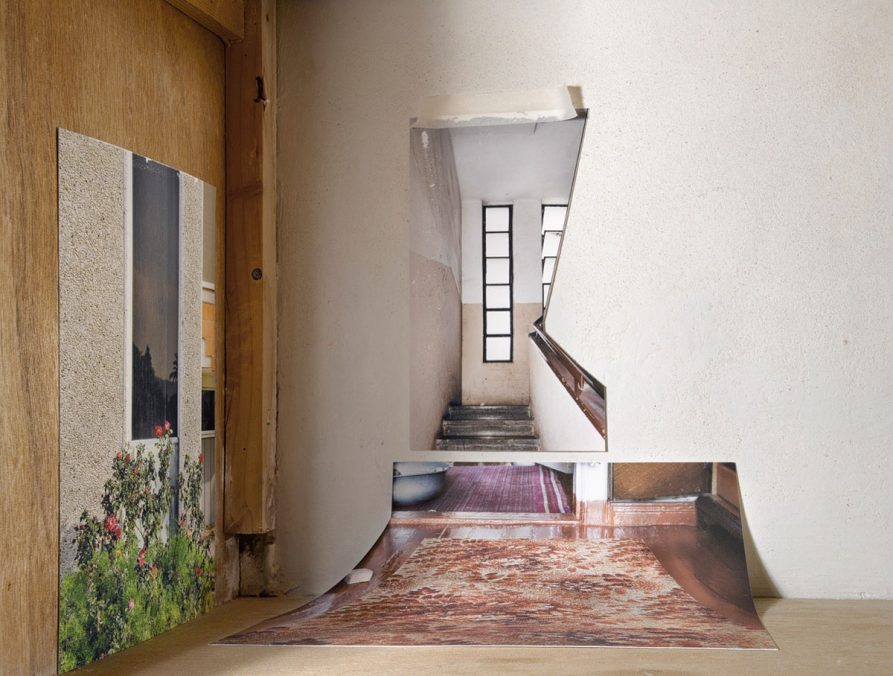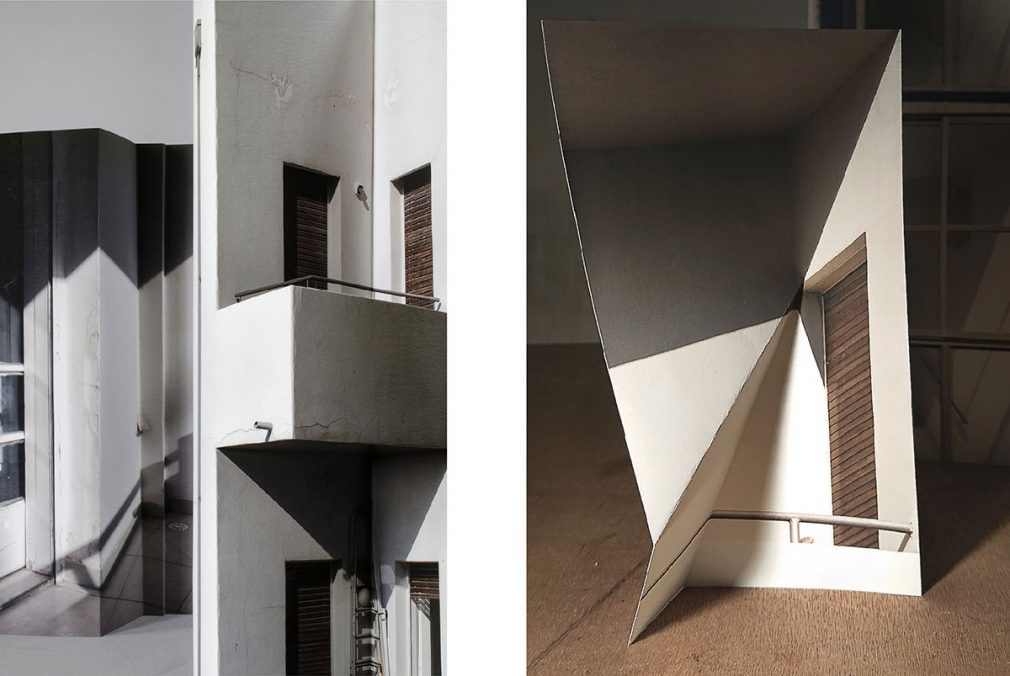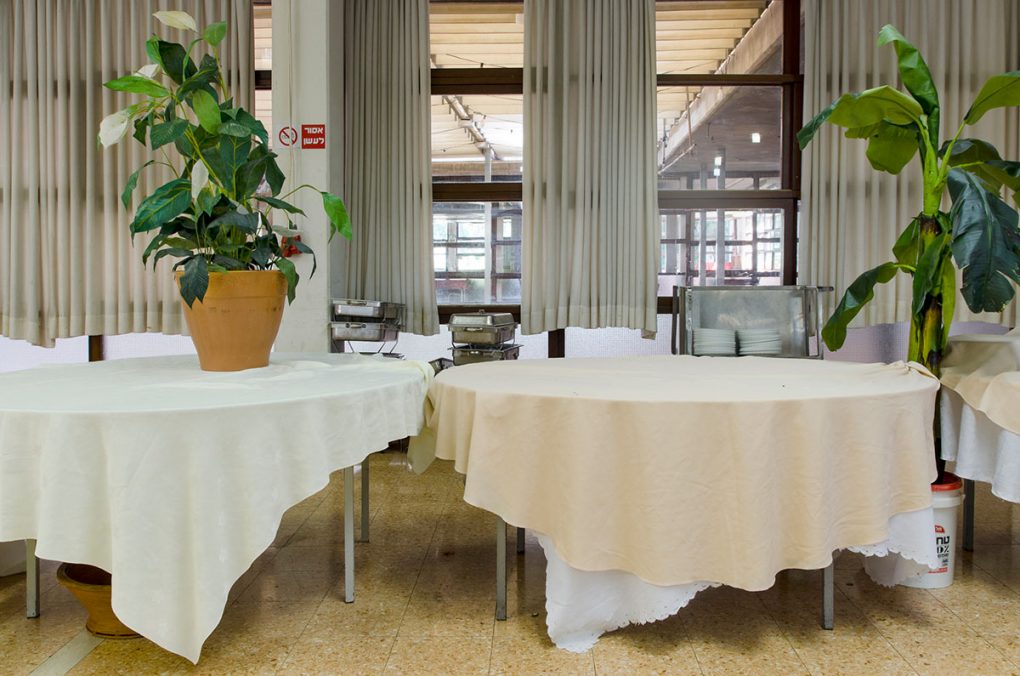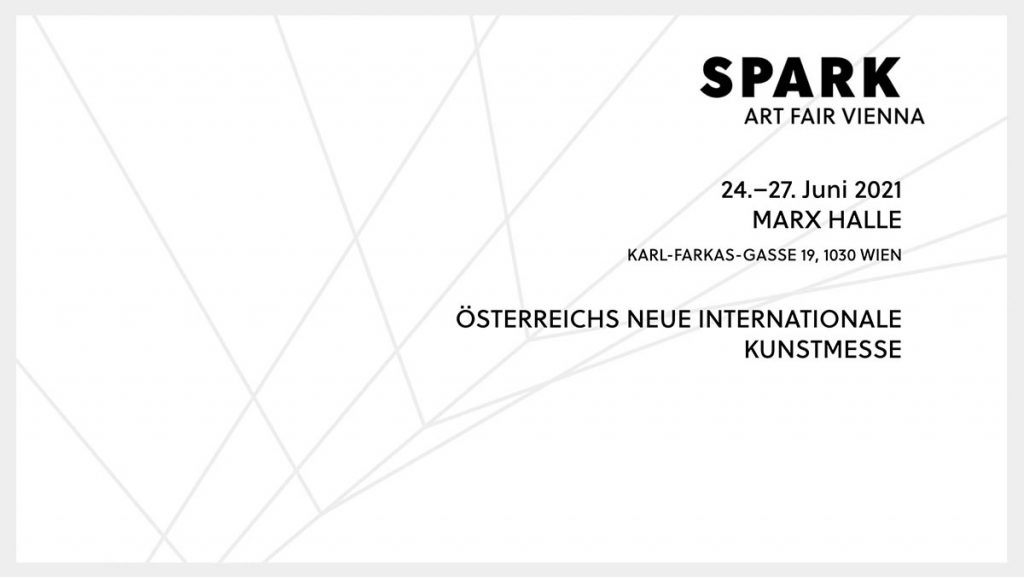
Did they need to send you away, because you were staying there much too long? (interviewer laughing)
No, I am pretty quick. I was shooting fast because I wanted to gather as many fragments as possible from these places that were not anymore ours/mine. The next step was choosing several hundred and using them to create three-dimensional collages that I re-photographed. This project is very significant for me, upon completing it, I feel that something has been resolved. For the six years that have passed since the first exhibition of this series, I’ve been living in the same flat, the longest period of time that I stayed in one place. I am happy here.
Do you think that an old pattern can return a day, maybe when one is getting old?
I think it has been resolved. I want to always do what feels right at the moment, and I definitely want to keep travelling, but maybe for other (and hopefully happier) reasons.
Why did The Last Apartment receive so much attention? What happens when one sees this work?
I think that this series really showed me the power of art and the kind of discourse and connection it can create. Somehow, people have felt that there’s a real and emotional story behind it. I remember getting a call from a woman that was drawn to the work and interested in the story behind it, as I told her that it refers to the many homes I moved over the years, the conversation became emotional, turns out we had a very similar biography, and she felt it without knowing.
Architecture, geometric forms have been always part of your work. It is seen in the work Leonardo da Vinci 13, in Shells, and now in Facade. Can you tell us something more about Facades?
After completing The Last Apartment series, which was very personal and emotional for me, I continued the same set of questions in a broader sense, the theme of my relationship with my environment has expanded, and later found its metaphorical expression in different ways as the signifiers are architecture and my point of view, of an observer, a person who looks at a facade, from the outside – in.
What do you like about Bauhaus?
The International Style architecture is an idea that immigrated here, just like myself. It is also a very common architecture in the city that I now call home. I observe architecture a lot, but in this case I am fascinated with the way that these buildings interact with the environment and the Israeli sun – generating exceptional geometric forms. If the architecture is a signifier of a specific culture or idea, then the sun signifies this place, the locality. The meeting point of these two is powerful and very theatrical in my opinion.
Did something change with you during the Facade series?
For this series, I experimented and did things in a different way than I was used to. The scale of the work was challenging, I converted small models to 2.5 meters photographic prints (by creating digital panoramic collages made of macro images). It was the first time I exhibited a 3d Installation – it was a new experience. Also – I dived into a vast research about the architecture and theater of the 20th century, and it still feels like I just got started. It made me realize how much I would like to make scenes for theaters one day. It’s been an interesting work process, but I still feel this project is not done yet, and these days I’m working on expanding it.

Right – Untitled, from the series Inner Structures (temporary name), 2020, photography, inkjet print, 80X56 cm
In which direction is it developing?
I’m very excited about this series, it even has a temporary name – Inner Structures. It will consist of images that are similar to Facade – architecture tied to the international style in Tel Aviv, meeting the idea of a theater scenery. But I’m taking my assemblages much further, and they become more intricate and sculptural.
In the series Shells, you return to a Kibbutz and start to photograph it. What is your connection with this form of living, and what was impressing you?
We used to live in a Kibbutz during our first year in Israel, when we arrived here from Ukraine. I had very vivid memories, kid-related memories (swimming, riding, playing with friends), and then at the age of 22, I lived in a different Kibbutz for a short period. With 30, I returned, and I photographed some of the elements that had fascinated me. These places have a different sense of mundane, maybe in a way, they share the same ideals with Bauhaus, the aesthetic is an approach. One of the images (Untitled 1) is a very rare direct photo that I took. Seldom do I do such a thing nowadays, since my last series of direct photos (that was also compiled into a book in 2014) and called Many Years.
These places have a different sense of mundane, maybe in a way, they share the same ideals with Bauhaus, the aesthetic is an approach. One of the images (Untitled 1) is a very rare direct photo that I took. Seldom do I do such a thing nowadays, since my last series of direct photos (that was also compiled into a book in 2014) and called Many Years.
In which circumstances you decide to take a direct (close-up) photo?
I feel that I can make a direct photo, when I encounter a real-life collage.
What is the fascination that collage as a medium embodies?
The idea of a collage and an assemblage for me, is a meeting point of few possibilities, scenarios, transformations.. Metaphorically speaking, of course. It’s hard to explain, I just need to make them.

I would like to know something more about those trees, that ones sees in Shell 1?
The series Shells takes a look at the local Israeli space and its symbolism. In Shells 1 – the original images of eucalyptus trees and a picnic table were taken in Israel’s „Ilanot“ arboretum; a botanic garden for the acclimatization of trees. The site was run by the JNF (Jewish National Fund), and used as a garden in which trees and plants imported from around the globe were planted, in order to test their suitability for the country’s local climate. The knowledge that was gained through this process enabled researchers to make informed decisions about forestation across Israel. The eucalyptus trees have a special place in our ethos since this tree was planted in the end of the 19th century and beginning of the 20th arounds swamps in order to dry them, it was believed to be the solution for the malaria disease that was widely spread at the time. Eucalyptus forests became part of the local landscape, and are mentioned in literature and music in Hebrew. After photographing these trees and printing them, I created an assemblage on my friend’s kitchen counter since I love these tiles, they are very recognizable here, and it worked well with the theme of locality.
I got to know you through the Taurisano Collection. How did you get to know them, and how did you land in an international Naple based Collection?
In 2018, Sveva D’Antonio and Francesco Taurisano spent their honeymoon in Tel Aviv. They saw my work Untitled 1, from the series Shells at ‘Ensemble’, a collective fundraising exhibition for the Benjamin Mecz Foundation, which was established to commemorate the memory of Benjamin Mecz, a friend and a fellow artist, who died in an accident in 2017. Each year, the Foundation is supporting the arts and giving back to the creative community. The kind contribution by the Taurisano Collection keeps on resonating in the artistic Israeli community, as the money that is raised during this fundraiser show is awarded to an artist or a specific project. A prize was awarded to local artists in 2019. This year’s open call will be published soon on the foundation’s website.
I love to see a place with the eyes of another person. How would a special day for Vera Vladimirsky in Tel Aviv be?
A good day is a day where I am able to finish my checklist. Then to spend the post work with a nice drink with my loved ones. It’s hard to name places in the city that I like, it’s these crazy times of lockdowns, plus winter. Let’s talk again in six months, fingers crossed.
What is your preferred drink?
A good glass of sauvignon blanc with sparkling water
Hmmmm, like in Austria. You would like the Weisse Spritzer.
Exactly. Here people rarely drink wine with sparkling water, but I need my sparkles. Mostly I take fizzy water with me when I visit friends.
Sound: Cornelius Wildner, Untitled, 2021
*Sound mapping, creating sound sculptures for accompanying art writing is a project that started March 2020, in collaboration with the Austrian sound artist Cornelius Wildner. Artists, galleries, collections are asked about their respective city- sounds or mundane audio from their daily lives, just en passant with their cellphones. Every time the results are unexpected and exciting. Not knowing what kind of sounds Vera Vladimirsky decided to record and send, it was touching to get fragments of conversation (in a language that none of us knew), vibrant sounds of open bars, street life, the sea, and a warm song sung by a close friend of Vladimirsky, the Berlin-based artist Shlomi Moto Wagner. When asking Wildner about the process of this sound creation:
Reading Vera Vladimirsky’s interview made me realize that the way I work, also often consists of deconstructing and assembling for creating something totally new. In this work, also trying to incorporate the harshness of the Israeli sun.
Vera Vladimirsky – www.veravladimirsky.com
Cornelius Wildner (*1970) is a Vienna-based sound artist and music technologist. He deals with ephemeral sounds, field recordings, archiving, live performance, analog and digital synthesis. At the same time, he collaborates with artists from different genres.
About the Interviewer: Erka Shalari (*1988, Tirana) is a Vienna-based art author. She focuses on discovering independent young and emerging artists, unconventional exhibition spaces, and galleries that have deliberately broken new ground in their working methods. In this regard, she relies on unorthodox publishing practices, coupling these with a nonchalant manner of writing. The work oscillates between articles for magazines, exhibition texts and press releases.




